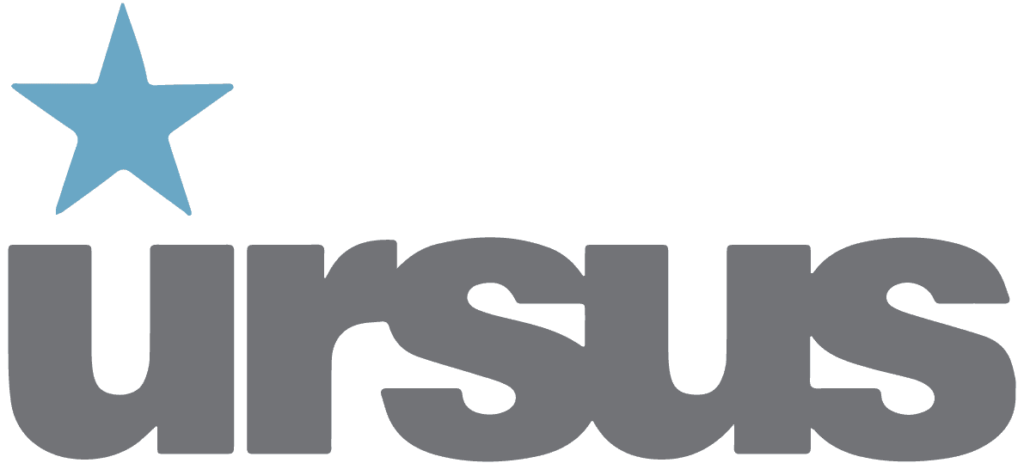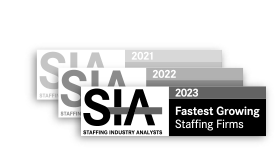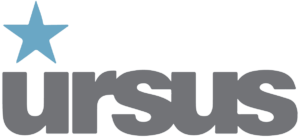In today’s competitive job market, attracting and hiring top talent can be a daunting task for employers. With the rise of artificial intelligence (AI), it becomes even more crucial to craft unique and thoughtful job descriptions that capture the attention of both human candidates and automated systems. Gone are the days of generic, one-size-fits-all job postings. Done right, you set yourself up for growth. Done wrong, and you may be up hiring the wrong people, paying unfairly, and spending thousands of dollars retraining and re-hiring.
Prior to the arrival of ChatGPT estimates showed that the average job description was the result of on average 17x cut and pasted prior versions lifted off the internet or shared by a colleague. This copycat behavior will only get worse with rise of AI generated job descriptions. If everyone is using ChatGPT to write a job description for example, a .NET developer, how is your company’s job posting going to stand out amongst the dozens if not hundreds of similar job postings? If your job descriptions uniquely capture your company the opportunity, the “tone” of your business and is constructed properly, candidates will notice the level of detail and thought about the job and your company versus your competitors.
Some important considerations to consider while writing your job descriptions.
Reflecting Company Culture:
A well-crafted job description serves as a window into a company’s culture, values, and overall brand identity. It should go beyond a mere list of requirements and responsibilities and instead reflect the unique attributes that make an organization special, your origins and history, culture, community involvement and diversity initiatives with published quantifiable results. With AI playing a growing role in recruitment processes, candidates are often inundated with impersonal job descriptions that fail to capture the essence of a company. By investing time and effort into creating thoughtful and personalized descriptions, companies can stand out from the crowd and attract individuals who align with their core values.
Attracting Diverse Talent:
Diversity and inclusion have rightfully become top priorities for companies worldwide. However, traditional job descriptions have often unintentionally perpetuated bias by using generic language that appeals to a limited pool of candidates. AI-powered hiring systems can inadvertently perpetuate this bias if fed with biased job descriptions. Do you even know the origin of the content generated from the AI engine? Employers must consciously strive to craft inclusive descriptions that appeal to a diverse range of backgrounds, experiences, and perspectives. By utilizing thoughtful language, emphasizing inclusion, and avoiding gendered or biased terms, companies can cast a wider net and tap into a more diverse talent pool.
Optimizing for AI Screening:
As AI plays an increasingly prominent role in candidate screening, it’s essential to optimize job descriptions to enhance compatibility with automated systems. AI algorithms analyze various factors to match job descriptions with applicant resumes. By using targeted keywords, relevant industry terminology, and specific qualifications, organizations can increase their chances of being matched with the right candidates. However, caution should be exercised to strike a balance between tailoring descriptions for AI and maintaining an authentic and human touch. Never, ever forget, humans buy from humans.
Showcasing Opportunities for Growth:
Job seekers, particularly those who are motivated and ambitious, seek growth opportunities in their careers. A unique job description should not only outline the responsibilities and qualifications but also highlight the potential for professional development and advancement within the organization. You want to attract candidates that are looking for a career not just a job. Emphasizing training programs, mentorship opportunities, or a clear career path can attract candidates who are eager to learn and progress. By demonstrating a commitment to employee growth, companies can attract top talent who seek long-term opportunities and can contribute significantly to their success.
Enhancing Candidate Experience:
Crafting unique and thoughtful job descriptions goes beyond attracting candidates; it also impacts their overall experience with the hiring process. A well-written description sets clear expectations, provides relevant information, and engages candidates. By presenting a comprehensive and appealing overview of the role and the company, employers can create a positive impression from the initial stages, fostering enthusiasm and encouraging candidates to invest in the application process. This can result in a higher-quality applicant pool and a more efficient and effective recruitment process.
Adhering to pay transparency and avoiding legal exposure:
Job descriptions can defend the reasoning behind why a position is exempt or non-exempt under the Fair Labor Standards Act (FLSA). By outlining a job’s requirements and defining performance standards, the job description will help to justify your employment decisions and reduce your organization’s exposure to costly litigation. A job hierarchy is the foundation of your pay structure. By listing out the duties and requirements for a specific role in your job description, you explain why a position is compensated in a particular way. You can also easily compare roles in various pay markets to price competitively to help attract top talent.
